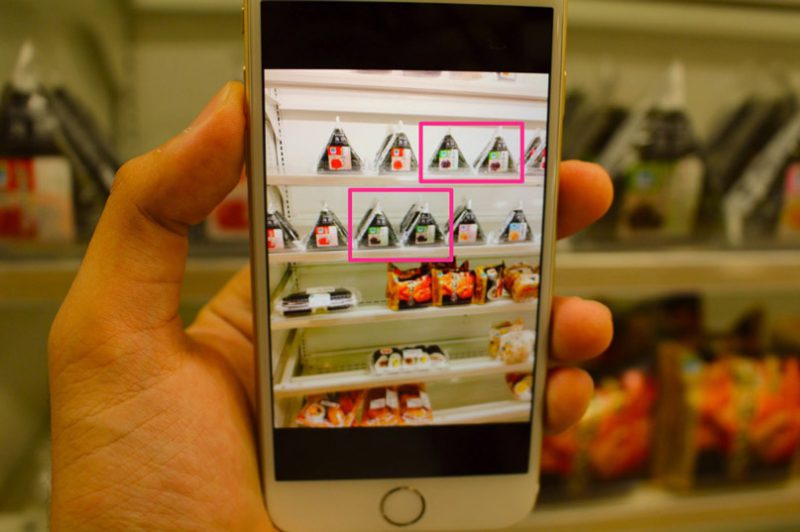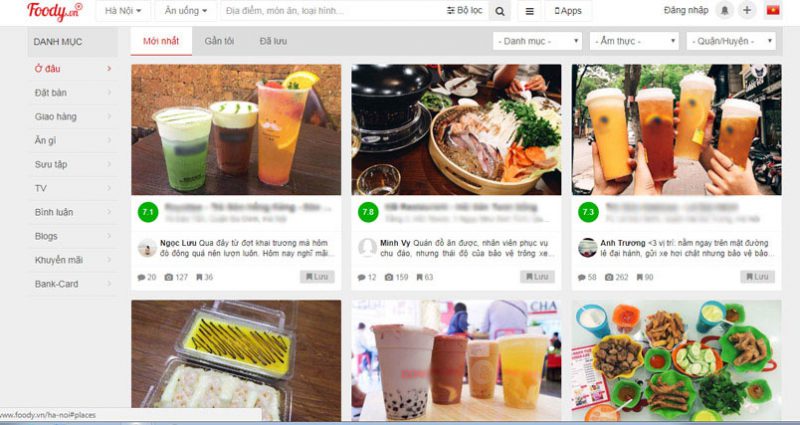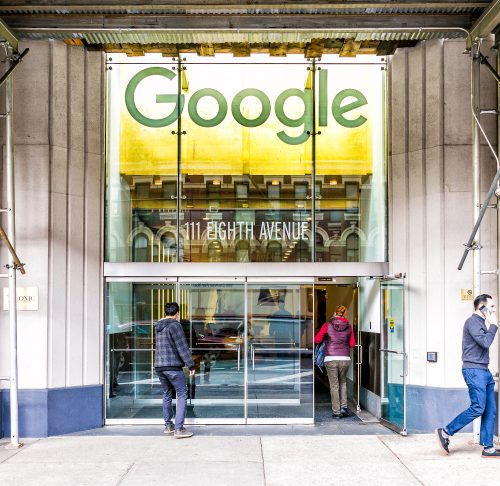
When walking in the supermarket, you see the familiar brand of instant noodles that your family often eats, listen to the advertisement from the brand new washing powder, a feeling suddenly appears in you: Ah, the product This is delicious to eat, and clean to wash.
The above reaction of each person is a natural thing. When interacting with the surrounding world, the set of experiences causes the human brain to produce one thing, which is perception . With brands, too, the crystallization of touch points, the process of building customer experience has created brand perception – brand awareness .
So what exactly is brand perception ? What is the difference between brand awareness and brand awareness ? Along with that, the way to measure brand perception is also shown in the following article by Malu.
Mục lục bài viết
Toggle1. What is Brand Perception?
Brand Perception , simply understood, is the way that customers describe a brand through the process of experiencing and interacting with them. Brand awareness can come from many different ways, such as: listening to direct reviews from acquaintances; view advertisements about the brand; Or try the product yourself.

From the information collected above, customers transform it into their own perceptions of quality , value , and opinions about a brand. Perception can be:
- Positive: Experiences that give a good perception of the product. The brand will definitely be in the top choices of customers when deciding to buy.
- Negative: The experience gave a bad perception of the product. The brand may not be selected by the customer during the purchase consideration process.
- Neutral: The experience leaves no impression on the customer. With this type of perception, customers often do not notice or remember anything about the brand.
Neutral perception is even more dangerous than negative perception , because being easily forgotten means that no one will consume that product or goods.
The ultimate goal of a business is to make customers have a positive perception of its brand and products.
2. Difference between Brand Awareness and Brand Perception
Brand Awareness and Brand Perception are two relatively similar concepts that can be understood in the same sense in some cases.
However, the nature of the two terms is slightly different:
Brand awareness shows the coverage and popularity of the brand to the public. Businesses often use massive identity-building campaigns to turn an unknown brand into something widely mentioned and familiar in the minds of customers.
Brand perception wants to change customers’ perception of a brand. Often customers are already aware of the presence of these products. The mission of the business is to establish the positive thoughts, evaluations and views of customers about the brand only.

In many cases, businesses combine these two concepts into one, focusing on popularizing identity and building a positive perception of a newly launched brand.
3. Importance of Brand Perception
In the context of businesses putting customers at the center of development, brand awareness becomes an extremely important factor in branding strategies. In other words, brand perception directly affects customers’ purchasing decisions.
Today, before the popularity of social networks, all information can spread quickly. Take Masan’s recent case as an example:
Faced with information that Chinsu chili sauce products were recalled in Japan due to not meeting food standards, many customers have boycotted and encouraged their relatives not to use this product.
Even the Food Safety Department also stepped in to check product quality. Consumer perception of the product is worse than ever.

Only when everything becomes clear will Chinsu brand regain its reputation for a standard product, safe for consumers’ health.
Many studies show that up to 60% of customers decide to recommend their favorite brand to friends and relatives. This means, negative brand awareness not only causes businesses to lose 1 customer, but can also cause 3 or 4 other customers to stop using their products/services.
>>> Brand Health: Measuring Brand Health
4. 4 steps to measure brand awareness
According to a survey by Bain & Company, the world’s leading management consulting group, 80% of businesses agree that only 8% of customers have a great experience when using their products / services.
This means, if businesses do not implement thorough brand awareness measures, they will not be able to know why customers leave the company to use products / services. other service.
Here are four steps that can help you measure and improve brand perception in your customers.
Use Google Alerts
Google Alerts is a great way for you to find out what the public thinks about you.
It’s very simple, you just need to enter the keyword you need to track – be it your company name, brand name, competitors. Once that keyword appears online, Google will return a notification message to your email.

Your task is to read the mail to check what customers and the public say about you. Simple and instant!
Read reviews from customers
According to a reputable research article from Brightlocal , 91% of people aged 18-34 trust online reviews as much as advice from friends and relatives.
Even for the B2B market, up to 92% of shoppers make a purchase decision, after reading a quality review.

There are many ways for you to read reviews from customers, such as the Review function on Facebook, sales sites like Tiki, Shopee, Lazada, Sendo or Foody – Now.
In addition, there are other tools that can help you learn reviews and listen to customers’ wishes. Remember, there is no better way to improve customer perception than by listening and enhancing their product experience.
>>> Customer Retention – 12 Effective Customer Retention Strategies
Interact with customers on social media platforms
In fact, 63% of customers expect businesses to support them on social networking platforms. 90% of users interact with businesses directly on Facebook or Instagram.

Customers now no longer find the company’s hotline to call to ask or waste time composing a long email, comment on Facebook or inbox in Messenger is now the way they go. Make sure all customer problems are handled in the most thorough way.
Do not forget, social networks are also one of the important channels for customers to survey information before each purchase decision.
Conduct customer surveys
Surveying customer information through surveys (or other methods such as interviews) is one of the effective tools for you to measure brand perception. There are many ways for you to collect feedback from customers:

- Conduct a customer satisfaction survey: This survey is usually sent to customers after each customer’s experience: Shop purchases, customer service, promotions.
- Net Promoter Score (NPS): Measure customer loyalty with a simple question: Would you recommend us to your family and friends? This index is especially useful for businesses with each specific stage in the product life cycle , helping them assess the growth rate and direction of the brand in the future.
- A survey of customer satisfaction with the product itself. This is a way for the Marketing and R&D team to understand the customer’s view of the product, develop and improve the problematic aspects.
>>> Market Research – 6 Steps of Effective Market Research
5. Build Effective Brand Perception
Many businesses mistakenly believe that they can actively build and control brand awareness. But they are wrong, the power is 100% in the hands of the customer.

Here are 6 steps to help you control and build Brand Perception for maximum effectiveness:
- Measure Brand Perception with the target audience that your business is interested in. You can refer to the 4-step measurement process that Malu introduced in the title above.
- Understand brand awareness within your business. Then convey that awareness to the public. You can refer to: 6 steps to build brand culture .
- Understand customer needs through surveys and market research.
- Adapt and change the brand so that customer perception becomes more positive.
- Through the brand funnel, find out where the brand perception is: Awareness, trial, purchase, favorite, loyalty.
- Observe direct competitors to come up with better brand awareness building and development strategies.
Summary
Brand Perception is an extremely important indicator that determines the buying behavior of customers. However, this is not a controllable metric, much less something that can be easily measured.
By a 4-step process of measurement, including: data collection, interaction, feedback and customer research and 6 steps of awareness building, businesses have a complete basis to take advantage of Brand Perception, promote business sales and brand development.




